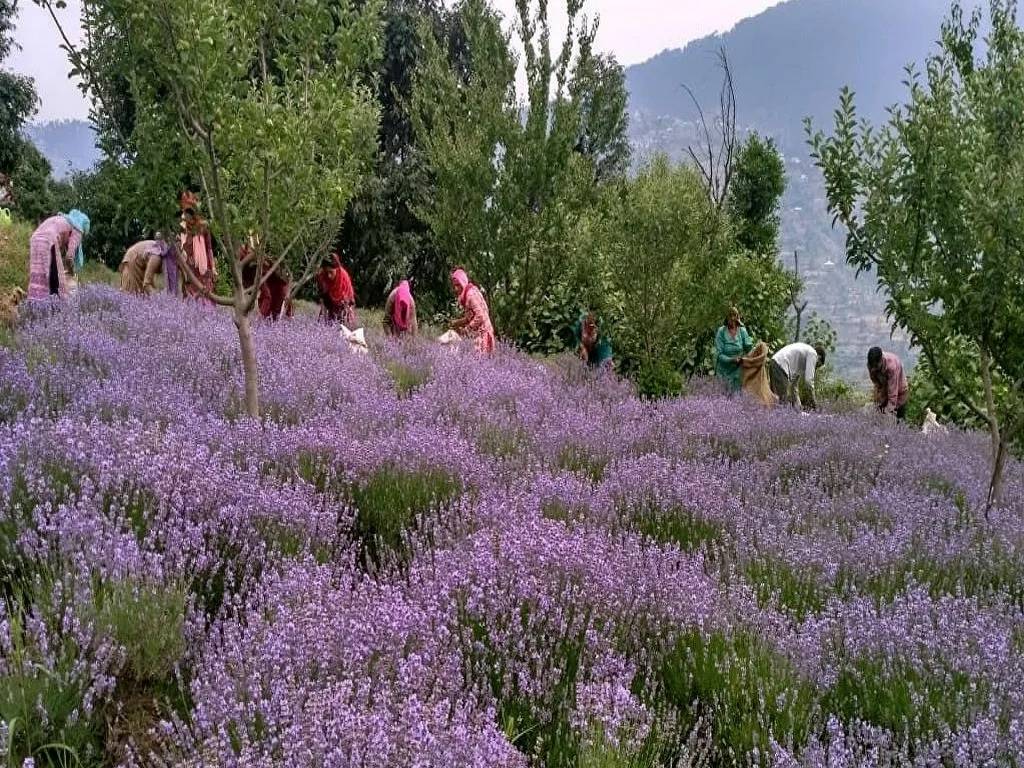
The Union government's Aroma Mission aims to infuse scientific research and innovation into the cultivation of aroma crops (from which high-value essential oils are extracted) such as lavender, rose, lemon grass, rosemary, and wild marigold.
According to Sumit Gairola, a nodal scientist for Aroma Mission, lavender was introduced to the Kashmir valley many decades ago. Its cultivation, however, was limited to a few patches, and it did not take off in a big way. "We brought the crop out of the valley in 2010."
Since lavender is not indigenous to India, scientists worked on both imported and indigenous varieties in their Petri dishes, combining and recombining favorable traits (such as high oil yield, better oil quality, and resistance to Indian climes) until they had developed a line that was ready to be transferred from their research gardens to larger farms.
The work is tedious and time-consuming. With each new genetic trait combination, scientists must wait for the plant to mature and flower before extracting the oil and determining whether it is of the desired quality. They work on two or more combinations at each stage, discarding the inferior ones.
By 2015, approximately 20 farmers in the area had tentatively agreed to test the new crop. However, when the government established the Aroma Mission in 2017, the initiative gained traction.
The Centre showed no interest in encouraging cultivation. According to Jitendra Singh, Union Minister of State for Science and Technology, there is a misconception that startups are only about IT when there is so much potential for Agri startups, and the aromatic area is completely unexplored.
Scientists contribute to this effort by developing lines that produce high-quality products and can multiply income many times over.











